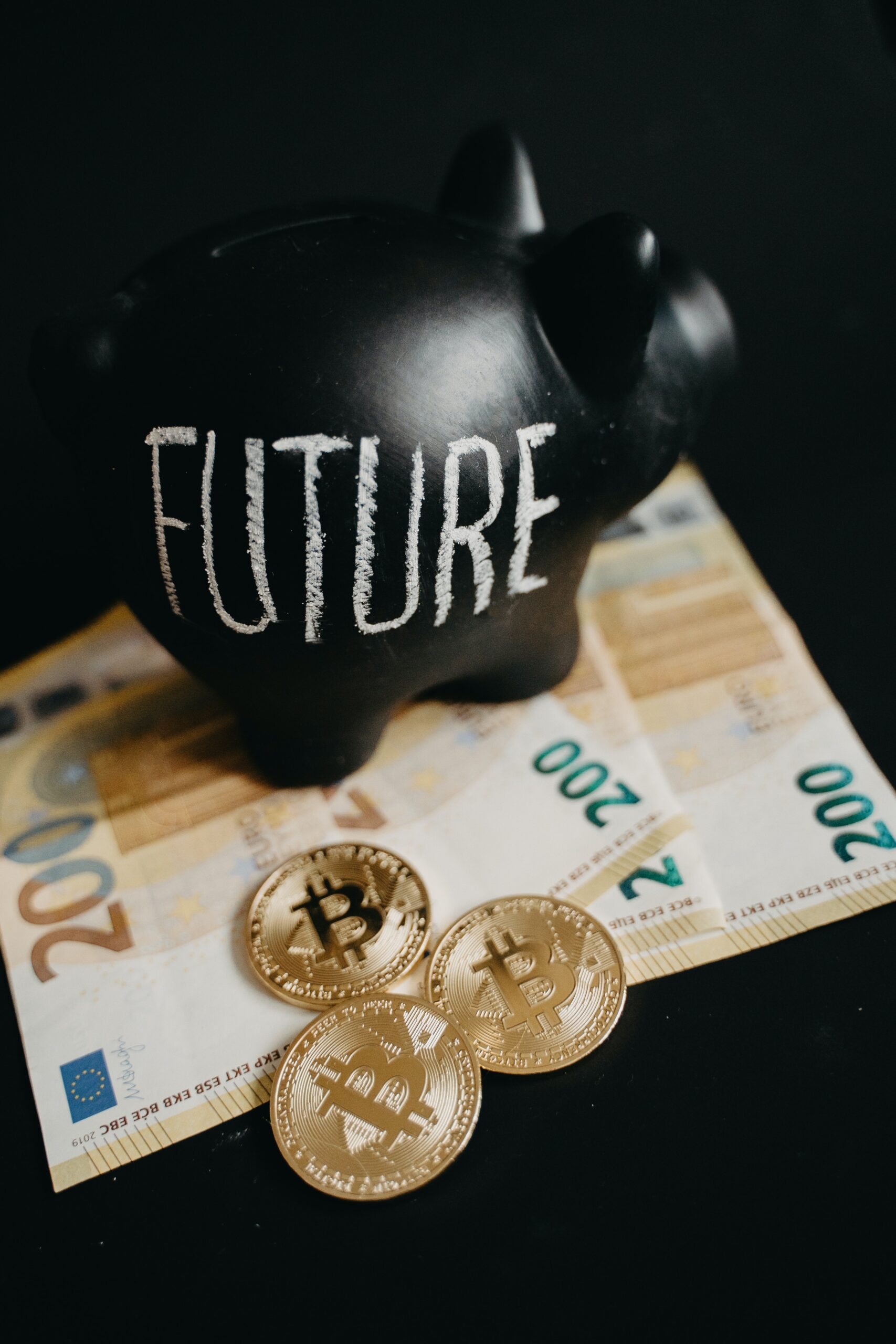Binance’s recent decision to pull out of Canada due to new regulatory requirements may sound like just another piece of bad news about the battered crypto industry. But it is more than that, and has implications far beyond the crypto sector: It shows how the lack of regulatory clarity is continuing to threaten the financial sector — and innovation in general.
The threat of this lack of clarity became even more pronounced last week when the U.S. Securities and Exchange Commission sued Binance and Coinbase for failing to register as exchanges, among other charges. But, as the publicly traded Coinbase has pointed out, there was not a clear path for registration, and the SEC even allowed it to hold a public offering, demonstrating a flip-flopping and a haphazard approach to regulation.
Regulatory clarity is essential in order to allow the level of innovation essential for building a thriving economy. If this is missing, innovation will go elsewhere. This is true not only for the crypto market, but for everything, including the broader financial sector and the growing AI industry
Just weeks after Canada announced new guidelines for crypto currency exchanges, Binance’s founder, Changpeng Zhao, a Canadian citizen, said the requirements were too cumbersome and limiting for his exchange to continue to offer its services there. Soon, Canadians will no longer be able to trade on the exchange, which sees daily turnover worth more than $70 billion.
Canada is not alone in waffling on regulation and creating an unstable environment for crypto companies. Rather than embracing a clear policy — even before the cases against Binance and Coinbase — regulators in the United States have issued numerous conflicting proposals for regulation and have sued a growing number of crypto companies in recent months, leaving the industry in a legal gray area.
This leaves Canadians and most Americans with less financial freedom and access to innovative services than those in other countries, including in most of Europe, Asia and the Middle East. Leaving its populations with limited access to crypto trading and other services risks cutting them off from other business opportunities as well, and pushes homegrown innovation overseas. In fact, two months ago, long before the SEC lawsuit, Brian Armstrong, the CEO of Coinbase had threatened to move his company to the United Kingdom, due to regulatory uncertainty in the U.S. When citizens are cut off from financial markets worth billions of dollars and publicly traded companies are threatening to relocate overseas, there is clearly a problem at home.
In addition to creating a lack of clarity around crypto trading, regulatory actions and threats in Canada and the United States have challenged the connections between crypto companies and banks. In Canada, there are tight limits on how much exposure banks and insurance companies can have to crypto assets. And in the United States, a number of incidents, including the FDIC allegedly requiring any buyers of the failed Signature Bank to drop all crypto customers, and crypto assets ultimately being left out of the bank’s sale to Flagstar Bank, point to possible efforts to cut the crypto industry off from the banking and mainstream financial sector. Events like these have caused some critics to accuse U.S. financial regulators of engaging in Operation Choke Point 2.0, similar to how the U.S. Justice Department took steps in the 2010s to limit the access of gun-makers, payday lending companies and other legal but controversial industries to the banking system.
Whether there is a coordinated effort to cut crypto off from the financial sector or not, it is clear that this separation is happening. And while the victim today may be crypto, tomorrow’s victims will be other innovations. Rather than fearing change and tamping down alternative financial systems or services, regulators need to establish clear rules for them from the outset — or simply leave them alone. Spending more than a decade making threats of heavy-handed regulation is not helpful and does not encourage innovation, to say the least.
Regulators would argue they are watching out for the public’s interest. And it is true that, unfortunately, parts of the crypto industry can feel like the Wild West, with a few high-profile players engaging in unethical and illegal behavior. But these players are a minority, and much of the bad behavior, including the spectacular fall of FTX, which resulted in $8 billion disappearing from investors’ accounts, could have been prevented simply by enforcing existing laws.
Protecting consumers from fraud is indeed important, but this can be done to a large extent based on existing laws. It doesn’t really matter if crypto is a security or a commodity (a debate that has continued for more than a decade, leaving an open question of which regulatory agency has jurisdiction in the space). It is also important that authorities draw a distinction between weeding out fraud or wrongdoing against consumers and enforcing regulatory standards. This distinction is missing in the suit against Binance, in which the SEC leveled charges of misusing consumers’ money along with a violation of regulatory framework, including the failure to register as an exchange. Mixing these issues together risks making regulation look like punishment rather than a well-developed framework to encourage responsible and thriving businesses and services.
The fair and transparent enforcement of existing laws creates the stability that innovation needs in order to thrive while also protecting consumers. This concept is relevant far beyond crypto; in fact, when it comes to keeping people from using AI for nefarious purposes, simply enforcing existing anti-fraud and privacy laws would likely suffice, and be far more efficient than creating special regulatory requirements for the sector.
New technologies will inevitably play a growing role in the financial system and the economy in general, and regulators and other authorities need to try to keep up — after all, that is their job. But rather than doing their job, they are constantly playing catch-up with proposals and rules that should have been discussed a decade ago, creating more noise than productive action.
The government is limiting private innovation by not having a clear regulatory road map and throwing out new guidelines in a piecemeal fashion, creating chaos and uncertainty and forcing the best ideas to go elsewhere. This is now happening in fintech, but could very likely be repeated in other sectors, like AI, and is a threat to the supremacy of the North American economy.
The fintech and alternative investment industry, which is becoming a larger part of the overall financial system, also needs to do its part to deliver real products and services, and not just hype or scams. The days of fake it ’til you make it are over — for the industry and for regulators.





